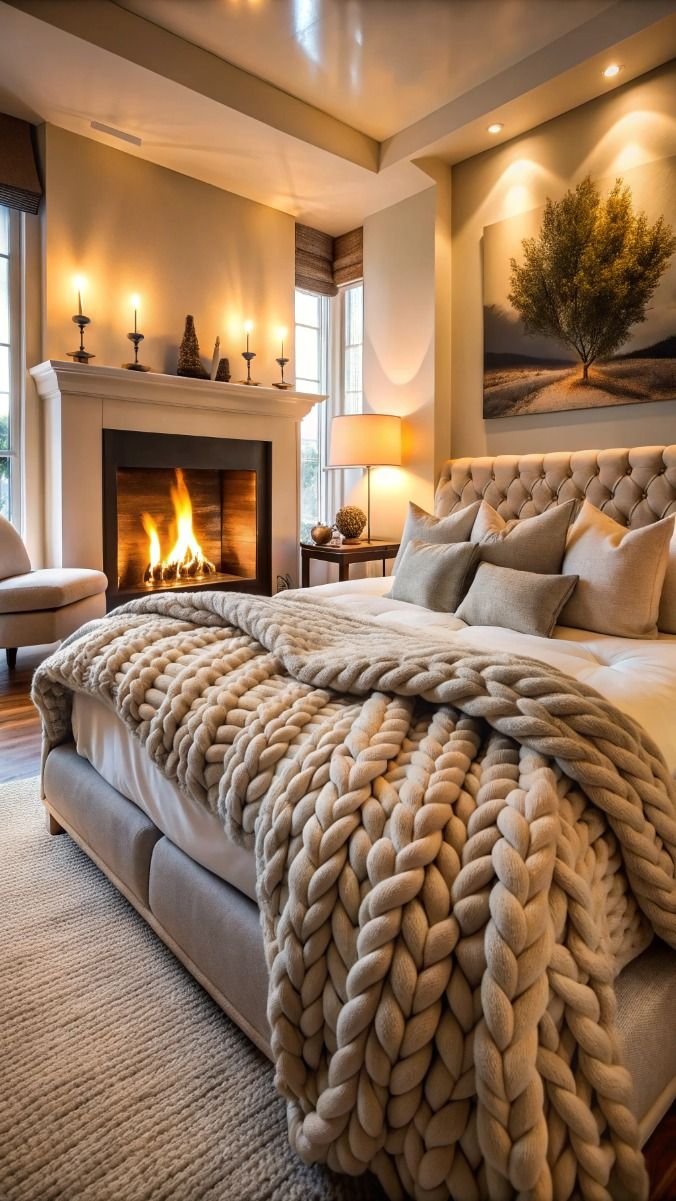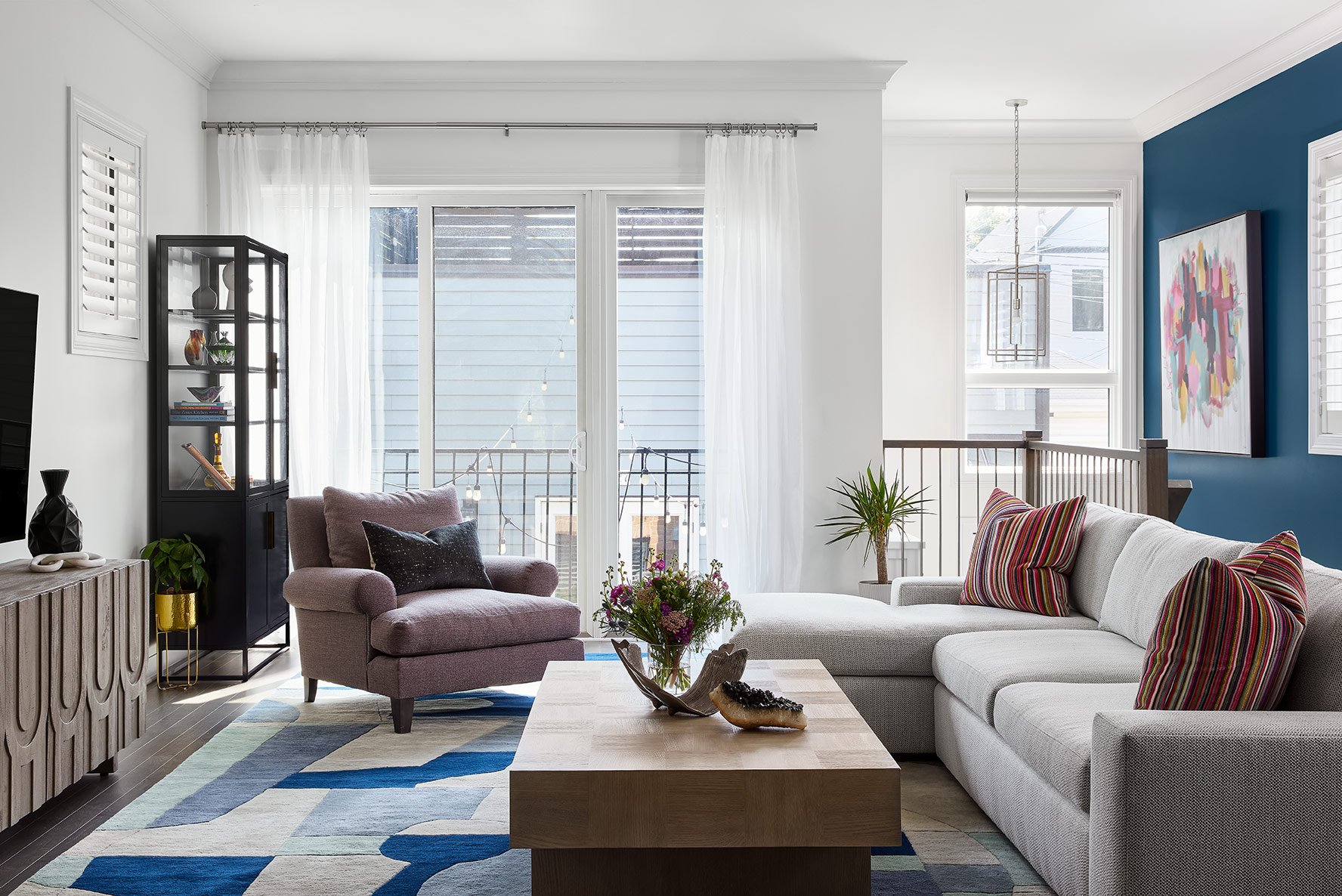Small Touches to Make a New House Feel Like Home
/Moving into a new house is equal parts exciting and overwhelming. Empty rooms piled high with boxes can seem daunting, but really, it’s an opportunity. A chance to start fresh, to make your home truly feel like you this time. As you start to unpack everything, here are some ways of elevating each room so that it feels beautifully personalized.
Add Layer by Layer
We know it’s tempting, but you don’t have to finish the design of every room all at once. It is, of course, necessary to unpack and get everything in a temporary place, but be patient when it comes to the process of designing. Tackle each room one at a time, adding layer by layer until it feels right. We recommend focusing your initial efforts on the spaces you spend the most time in, like the bedroom and the living room. Then, let each room evolve with you as you collect meaningful pieces that tell your story.
Deck the Walls
Few things refresh a space as quickly as a new coat of paint, patterned wallpaper, or thoughtfully chosen artwork. Start by creating a color palette for your home and use this as a guide when decorating your walls. It can be moody jewel tones, calming earth hues, or an all-neutral palette. If a full repaint feels like too much, consider an accent wall, like this one. Hanging artwork is another quick and impactful way to create rooms that feel personal.
Hang Custom Window Treatments
It’s usually one of the last details to be addressed, but swapping out generic blinds for custom window treatments adds instant personality to a room. Whether you love airy sheer curtains or velvet drapes, custom window treatments elevate a space and add a sense of completeness.
Place Cozy Rugs
If you don’t have carpet, bare floors can make a home feel cold and empty. One of the best ways to warm up a space, both literally and visually, is to invest in soft, textural rugs. Whether you prefer more traditional Persian rugs, modern geometric prints, or a natural fiber rug, you’ll immediately feel more at ease once you’ve placed your rugs.
Stock a Snack or Drink Station
If you have a spare corner, create a small personal nook for drinks or snacks! From a cozy coffee or tea bar to a snack cart, having a dedicated indulgence station gives you a little ritual to look forward to every day. Plus, your guests will love it as well!
In the end, the real magic comes down to the details that make you happy. It’s the scent of your favorite candle, or the softness of a woven throw. Once you’ve unpacked all your essentials and hung a few pictures, invite friends or neighbors over to show off your space. Nothing makes a home feel more like home than sharing it with the people you love.
Photo Credit: PINTEREST
photo credit: PINTEREST
photo credit: PAULA INTERIORS
photo credit: LULU AND GEORGIA









































































































